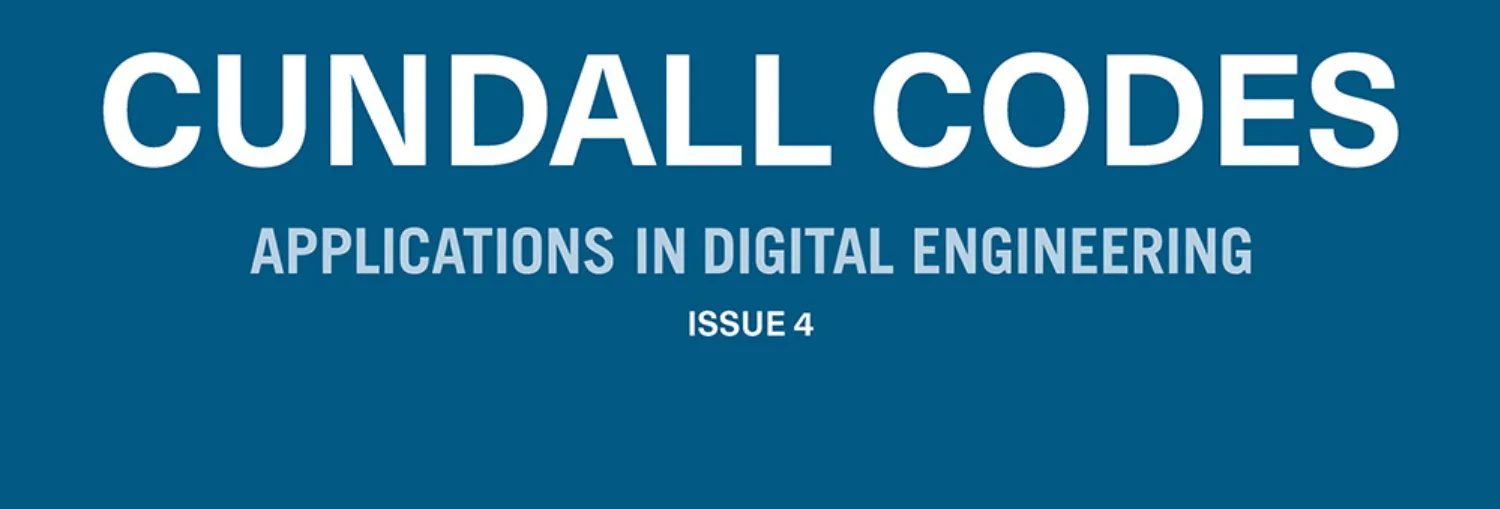Cundall Codes Issue 4
Authors

Jack Hyland-Knight
View bioThis issue: Intelligent Schematic Crosshairs
In the Critical Systems team we produce design schematics that support multiple systems from large critical chilled water solutions for data hall cooling to low temperature hot water designs for occupied office areas that support the data centre. Each schematic will include crosshairs that communicate flow rate, pipe/duct size, pressure drop per metre length and fluid velocity. Fluid velocity and pressure drop per metre length are typically calculated manually using CIBSE guide C documentation.
Example Schematic Crosshair

Flow rates and sizes will evolve as the design progresses. One flow rate change at the end of the system will require an update to every crosshair back to the central plant. This represents a considerable manual effort to maintain the crosshair data as the design develops. Time that could be better spent on actual engineering tasks.
The solution
Cundall have developed intelligent BIM objects to automatically calculate the pressure drop per metre length and velocity data with only the flow rate and pipe/duct size given.
We have built a custom crosshair family for Revit that takes as an input the flow rate and duct/pipe size. Using the D’Arcy and Haaland equations given in CIBSE guide C the custom family automatically calculates the Reynolds number, velocity pressure and friction coefficient and finally the pressure drop using formulas that define the parameters inside the family.
For more bespoke systems, the family can also compensate for non-standard temperatures, viscosity, fluid density, duct/pipe material for roughness.
The benefits
Once the engineer has entered the flow rate and size, the crosshair will automatically update. There is no need for custom Dynamo scripts or other tools needed for the engineer to execute this workflow.
A recent project had 600 crosshairs across 14 schematic sheets. Full crosshair information was given in the final two issues of design. That represents 2400 individual manual calculations to complete the crosshair data.
The automatic generation of the crosshair data saved multiple hours of time which could then be used for proper engineering tasks of co-ordination and design.
Contact
These in-house tools to generate efficiencies in the design process allows us to deliver the maximum value to our clients.
To find out more about the digital advances happening at Cundall please see the contact information below.
If you would like to get in touch about this or any other topics of digital engineering please contact csdigital@cundall.com








